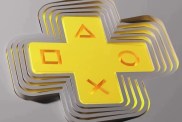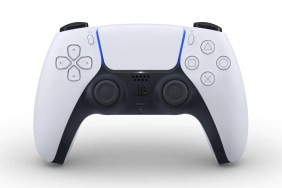Earlier today, we reported on a massive Reddit uproar about what some people see as the new PS5 DualSense controller’s biggest design flaw: the triggers. Namely, the DualSense’s L2 and R2 triggers are once again the points at which the controller rest on a surface (similar to the DualShock 4) and many are worried this will present issues with accidental button presses when setting the controller down. However, DualSense adaptive triggers could be the answer to that issue.
Personally, I haven’t had many issues with this unless I set my DualShock 4 on an uneven surface, like a couch or a blanket, and even then I have to kick/bump/set something on it for the trigger to press and start skipping through whatever I’m watching on Netflix, which would arguably happen whether or not the controller was designed this way. But based on the popularity of the Reddit post complaining about the topic (116K upvotes and counting), it seems like I’m somewhat alone in my sentiment.
For these people, may I present the potential solution? Adaptive triggers are a feature that will provide resistance on the triggers, making it feel as if you are actually pulling a bowstring or reaching that final point on a trigger before the hammer slams forward and fires the bullet. But, what if the triggers adapted to a more resistant setting when watching video content or playing music? Trigger resistance could prevent accidental pushes just because you set your controller down on a blanket or your cat decided to lay down next to it on the couch.
Since I saw this complaint, I’ve been actively trying to recreate the issue while streaming random shows, tossing my DualShock here and there and actively trying to get the triggers to press accidentally. When set on a flat surface, such as my side table, it’s virtually impossible to get them to press in. I have to basically set it down upside down on the triggers for them to depress. I’ve gotten a bit more success (failure?) by tossing the controller in a forward motion onto my couch cushions and blankets, but again, the conditions under which the issue presents itself would happen whether the triggers were the resting point or not. This calls into question if it’s actually the resting design of the controller causing this issue, or extenuating circumstances that are just the nature of triggers on the backs of controllers in general. Obviously Sony’s design team didn’t think it was that big of an issue as the design carries over to the DualSense from the DualShock 4.
Either way, adaptive triggers could be the solution to accidentally fast-forwarding through that episode of The Witcher or skipping your favorite song.
Want more on the newly revealed DualSense PS5 controller? Bethesda’s Pete Hines has tried it and came away “very impressed.” Sony also confirmed that it will have a headset input.








